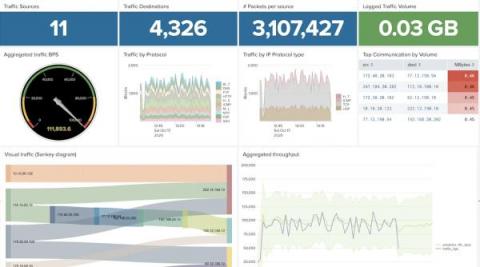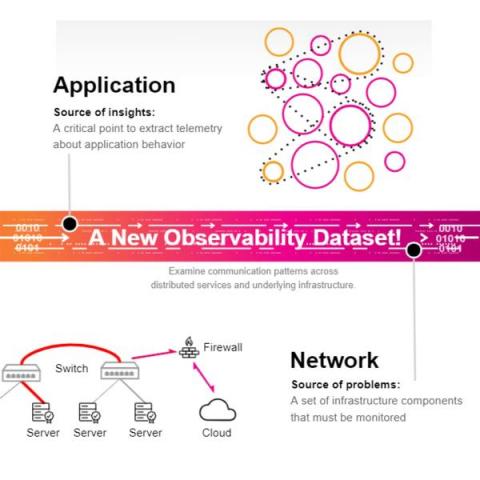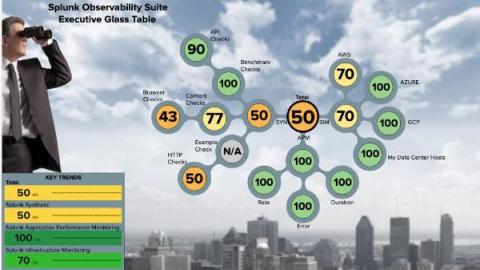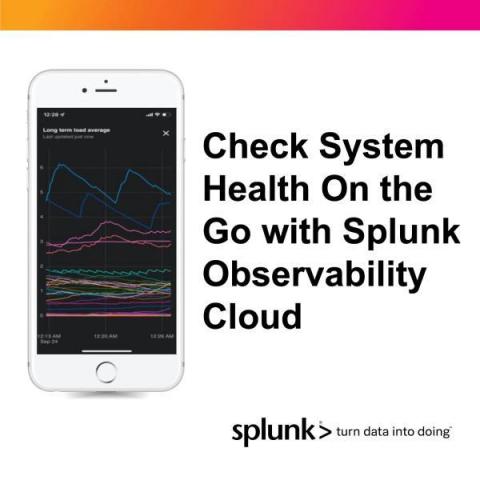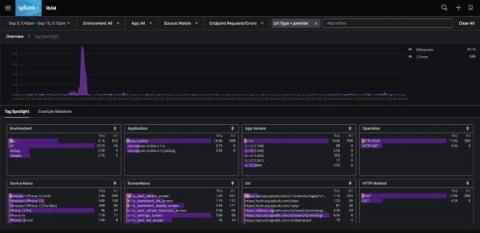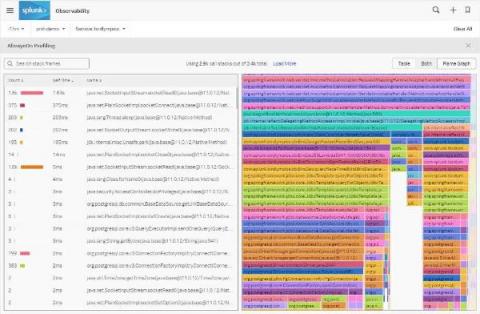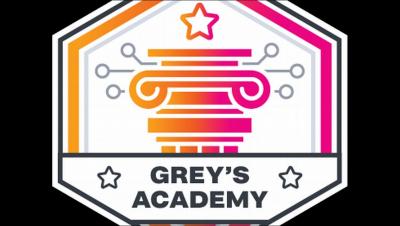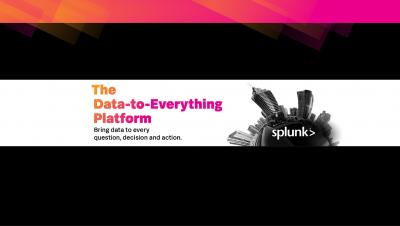Writing Ansible Playbooks for New Terraform Servers
Over the past few years, cloud computing has enabled agile, dynamic management of software and hardware components, on-demand. Nowadays, we can define our desired infrastructure in as little as a few lines of code, and we can provision real servers on cloud providers like AWS or Azure. Terraform is an open-source infrastructure-as-code (IaC) tool that has become the de facto solution for provisioning one aspect of those components.



